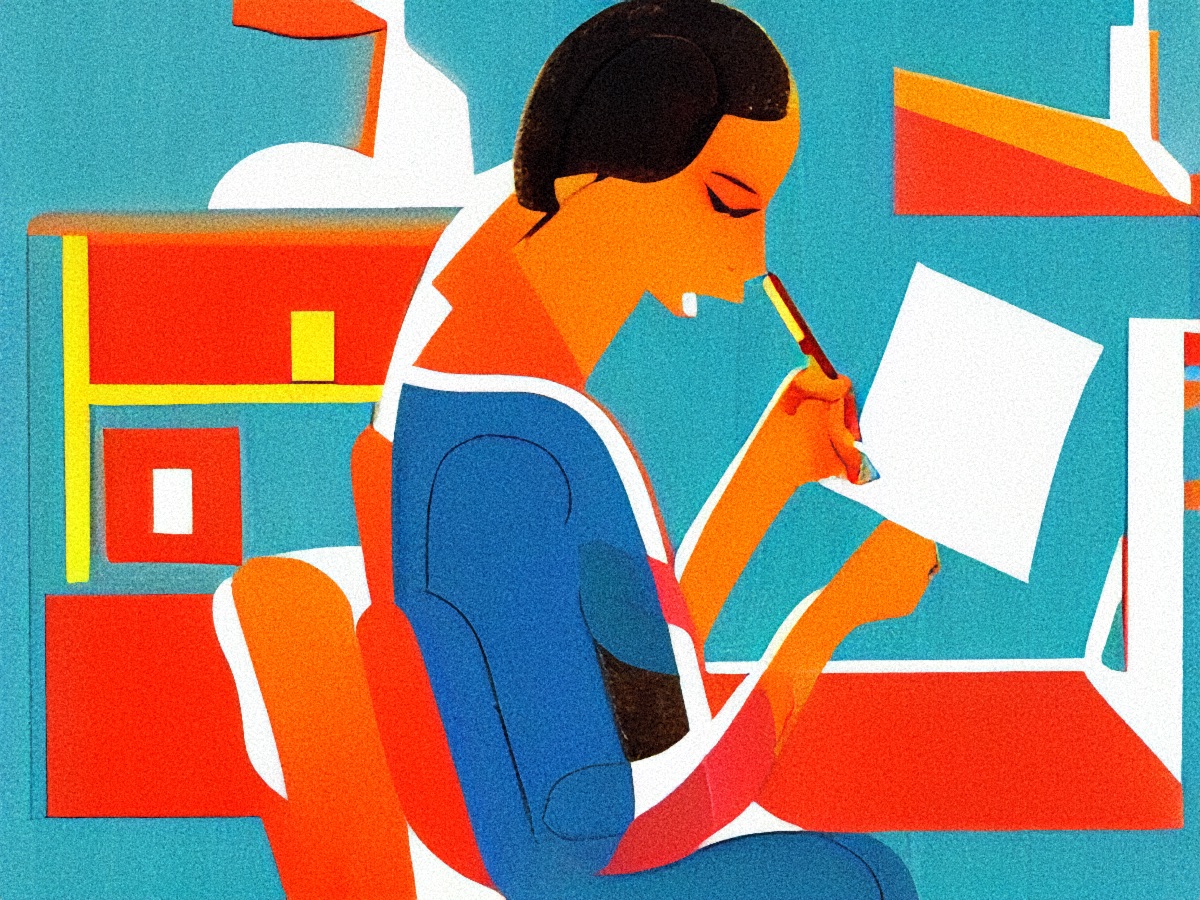A version of this post first appeared in my newsletter. Subscribe to receive posts like this in your inbox every other Sunday.
Notes are an essential tool for thought. They allow you to ’spread’ your thinking beyond your brain and onto the environment. But not all notes are the same. This one word — note — refers to activities, practices, and tools that fulfill different needs.
For example, the sticky note on the food container serves a different purpose than the highlights in a book: the first is meant as a message to others (“DON’T EAT!”), while the second is for remembering what you’ve read.
Knowing which sense you mean when you use ’notes’ can help you think more effectively. In her book Effective Notetaking, Dr. Fiona McPherson distinguishes between two modalities: note-taking and note-making.
Note-taking is when you take notes to remember what you’ve heard or read. For example, you may be listening to a professor give a lecture, and you write down the main points to review them when studying for an exam.
Another example of note-taking is when you highlight and annotate a book. As you read, some ideas stand out as more important than others; you underline certain passages or write in the margins so you can revisit the ideas later.
Note-making is something else entirely: instead of highlighting or capturing ideas from an existing source — a text, lecture, video, etc. —, you write down what you’re thinking to make sense of your ideas. You’ve used note-making if you’ve drawn a mind map or sketched a new furniture arrangement for your room.
I wrote, ”you write down what you’re thinking,“ but it’s more correct to say that you think by writing things down. Thinking isn’t just happening in your brain and then being captured on paper; instead, you’re thinking with and on the paper.
The scribbles on the page set up a generative feedback loop: you draw one arrangement that doesn’t look quite right but sparks ideas for improvement. So you draw another, and another, and another. (As you may expect, note-making — aka sketching — is a key part of the design process.)
The gist here is that these are different modalities. You take notes to learn and recall, but make notes to generate.
Both modalities entail different mindsets and tools. You can easily take notes using your Kindle’s highlighting and annotation features, but that’s not the best medium for planning a vacation. And yet, we use this one word — ’notes’ — to refer to both. A semantic quirk that can lead you to make inefficient choices.
When sitting down with a pencil and paper, ask yourself: why am I doing this? Is it to learn or for later recall? Or am I trying to be generative? Which you aspire to should determine what tools you use and how.
